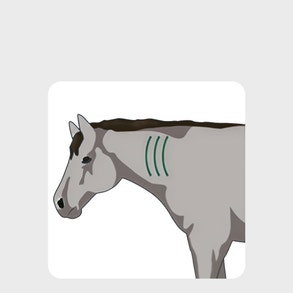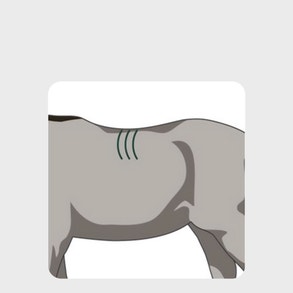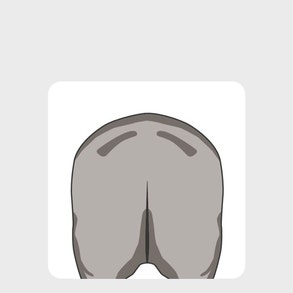Muscle Wastage Scoring Guide
What is the muscle wastage scoring guide?
The SPILLERS muscle wastage scoring guide has been developed to help owners identify muscle atrophy or ‘wastage’ in three key areas – the neck, the back and the hindquarters. Each area is assessed separately using one of two scales (A or B) and given a score of 1-4. A score of 1 indicates no muscle wastage whereas a score of 4 indicates severe muscle wastage.
When should I consider using the muscle wastage scoring guide?
This muscle scoring guide may be most valuable as a monitoring tool in senior horses and ponies. Although some degree of muscle wastage can occur with ageing, it may be exacerbated in those with an underlying clinical condition such as PPID (Cushing’s Syndrome). Muscle wastage may also occur as a result of malnutrition, injury, poor saddle fit, some forms of tying up and certain other conditions.
This muscle scoring guide has been developed for use in adult horses* and has not yet been validated for assessing muscle development or ‘topline’ in exercised horses.
*The word ‘horse’ or ‘horses’ also means ‘pony’ or ‘ponies’
Tips for using the muscle wastage scoring guide
Ask someone to hold your horse on a firm, level surface (concrete is ideal), making sure they are stood as squarely as possible with their weight distributed evenly over all four feet. Avoid allowing them to ‘lean’ as this changes their muscle tone and may affect the result.
Your horse/ pony’s nose should be at approximately the same level as the point of their shoulder. The angle between their jaw and their lower neck line should be close to 90°.
Score each area (neck, back and hindquarters) separately – horses may have muscle wastage in one or two areas only. Half scores are permitted.
Score each area (neck, back and hind quarters) from both sides – sometimes horses may have asymmetrical muscle wastage e.g., muscle wastage on one side of their neck, back or hindquarters and not the other. Discuss any asymmetry with your vet.
You may need to use scale A in one or two areas and scale B in the other(s). Questions have been included to help you decide which scale is most suitable.
For each body area you will need to assess whether muscles are ‘flat’, ‘concave’ (curve inwards) or ‘convex’ (curve outwards).
When feeling the muscles, keep your hand flat and apply light pressure.
Development of the SPILLERS muscle scoring guide
This muscle scoring guide is based on the Muscle Atrophy Scoring System (MASS)* published by the University of Kentucky in collaboration with SPILLERS.






